Since the late 1970s, American artist Matt Mullican has developed a practice of performing under hypnosis that extends from his investigations into representation and subjective projection. The evolution of this body of work offers perspectives on repetition and renewal in performance practice. This book is the outcome of an extensive research project into Mullican’s hypnosis performances and a shared exploration of character construction, undertaken as part of the If I Can’t Dance project together with invited researcher Vanessa Desclaux. In her essay, Desclaux addresses the question of personification in light of her analysis of Mullican’s creative process.
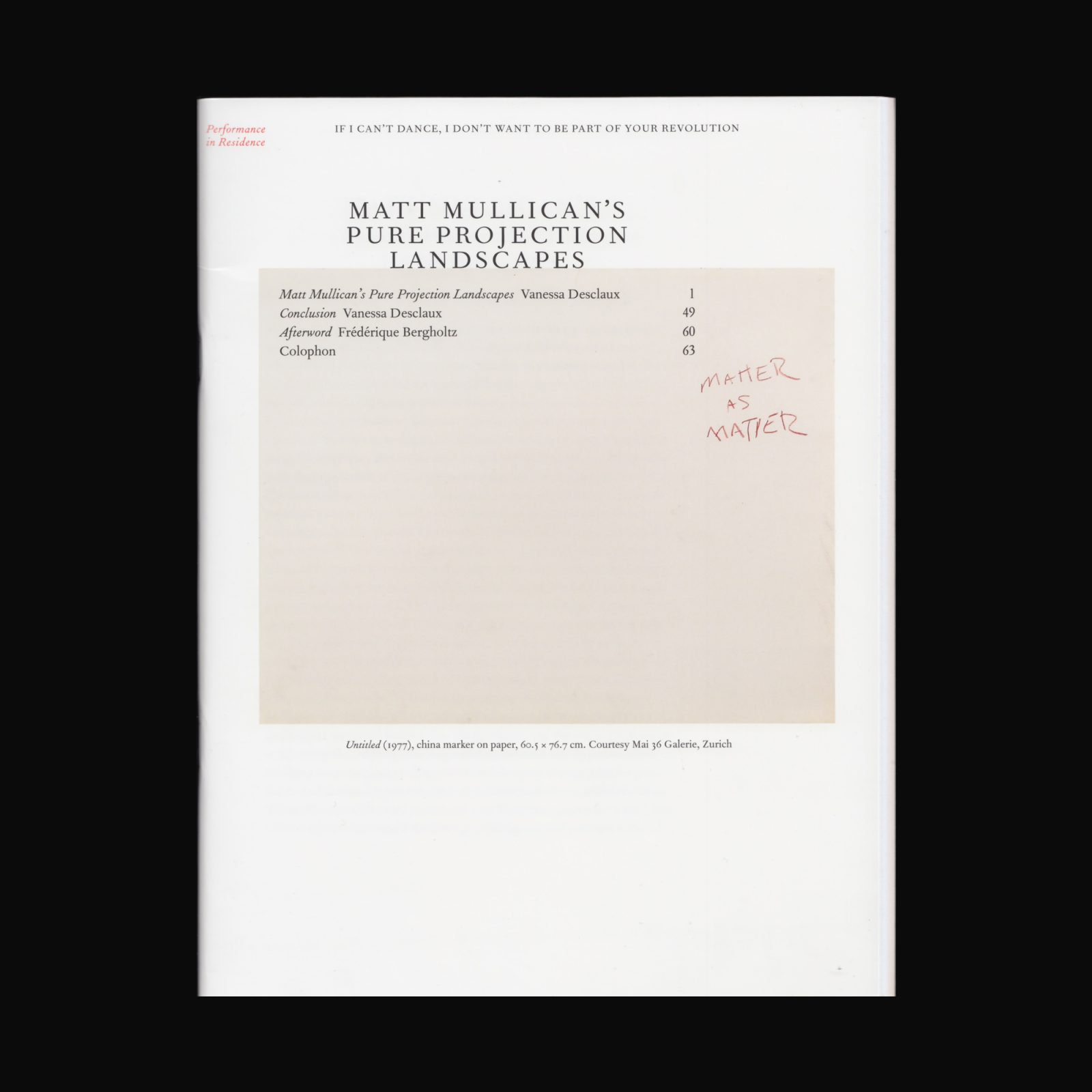
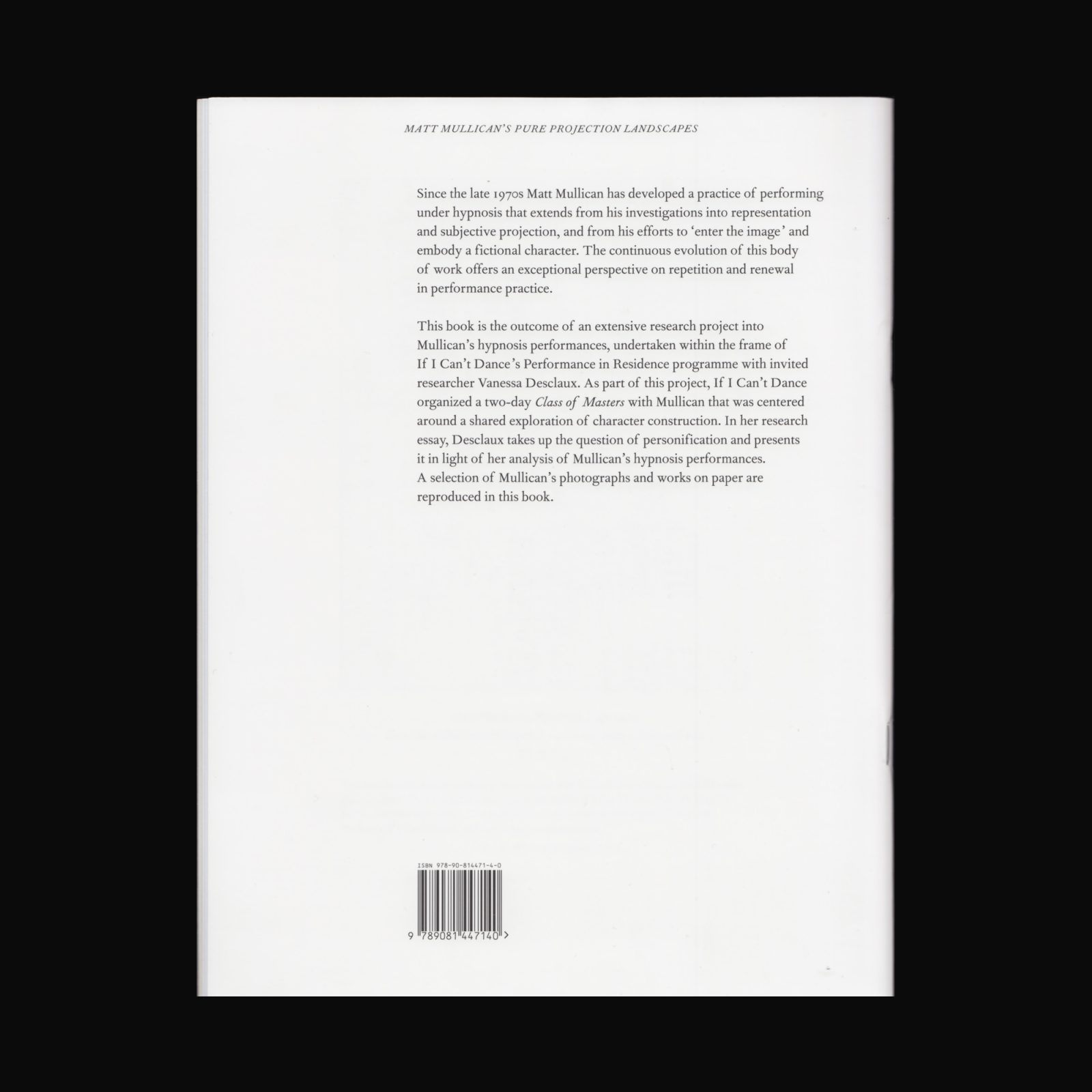
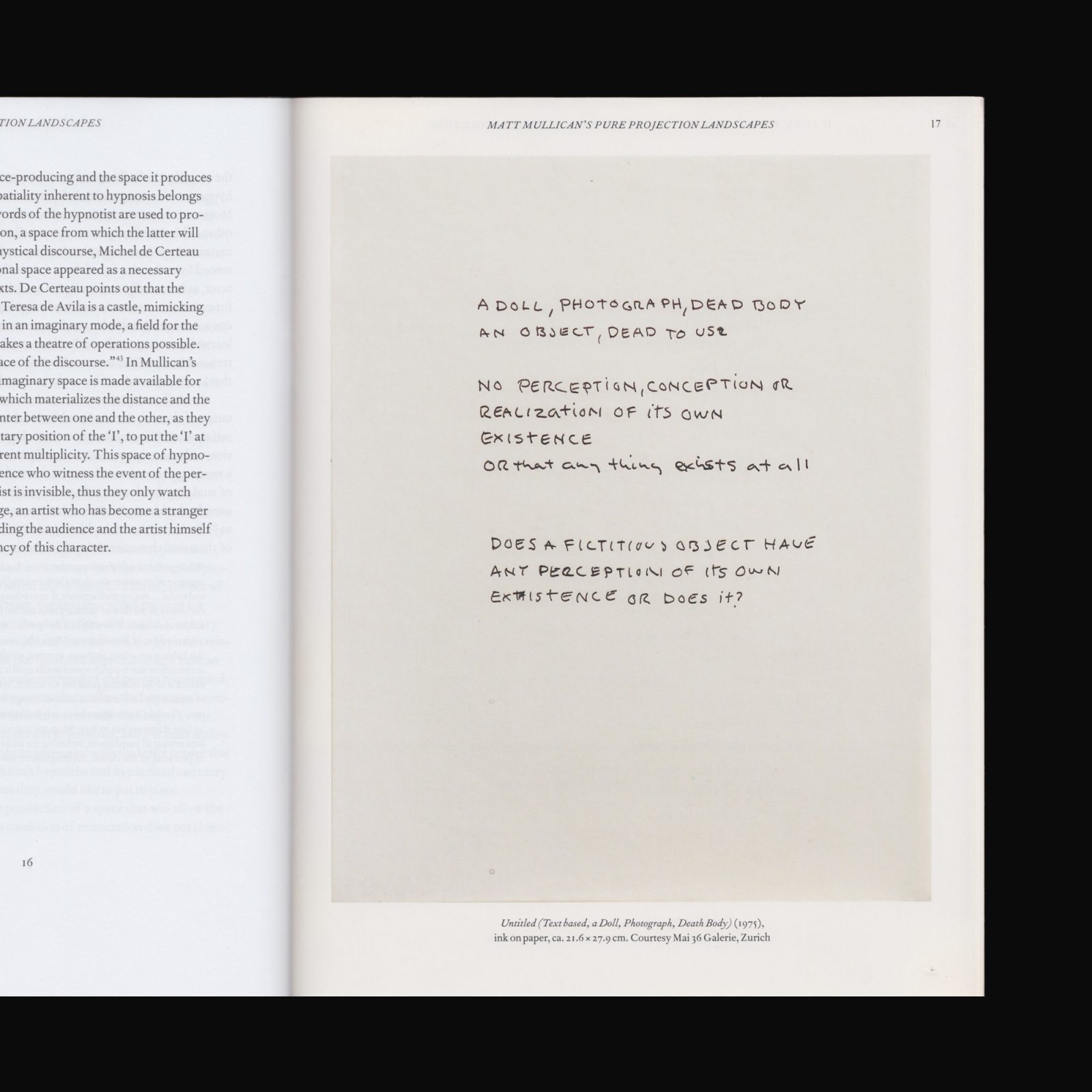
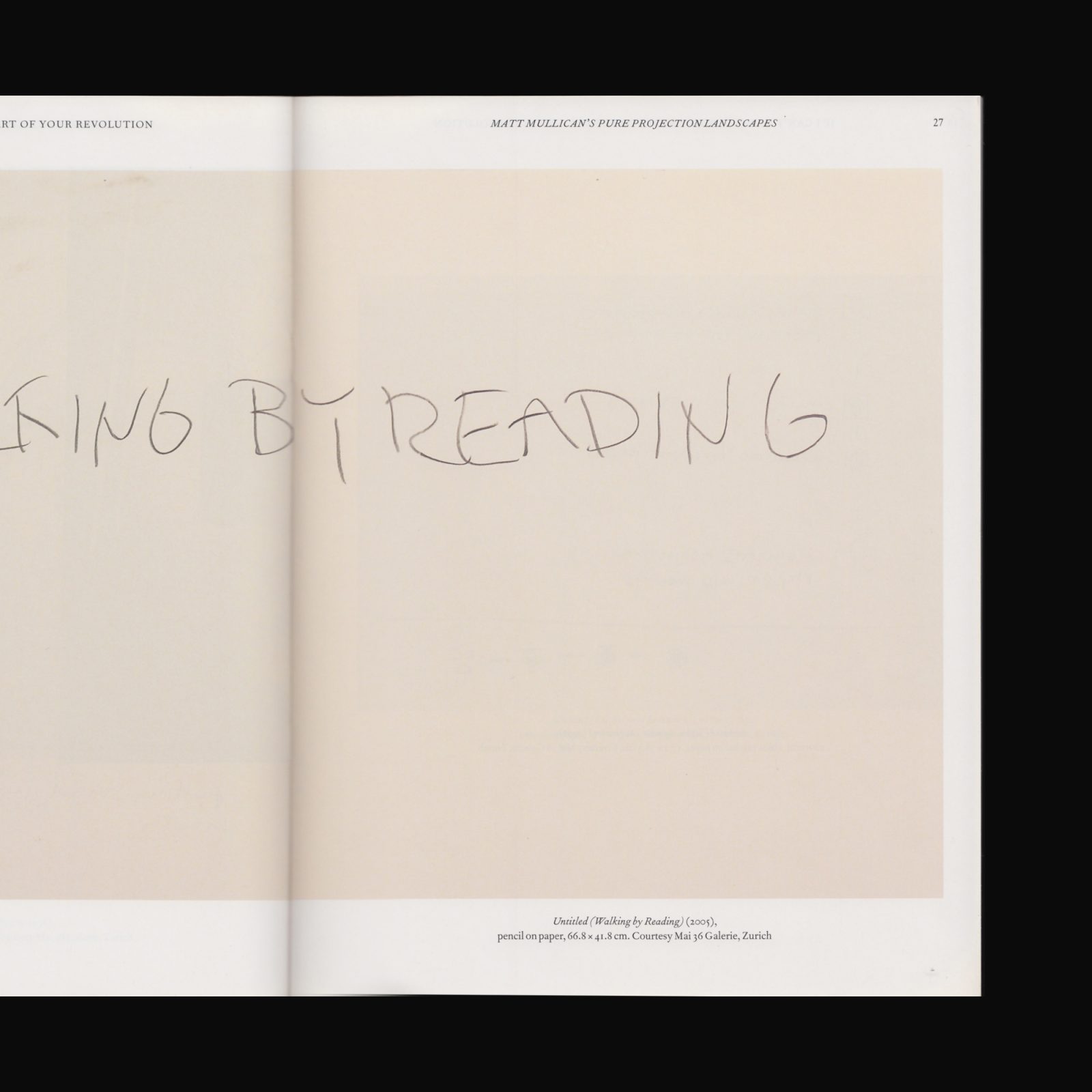
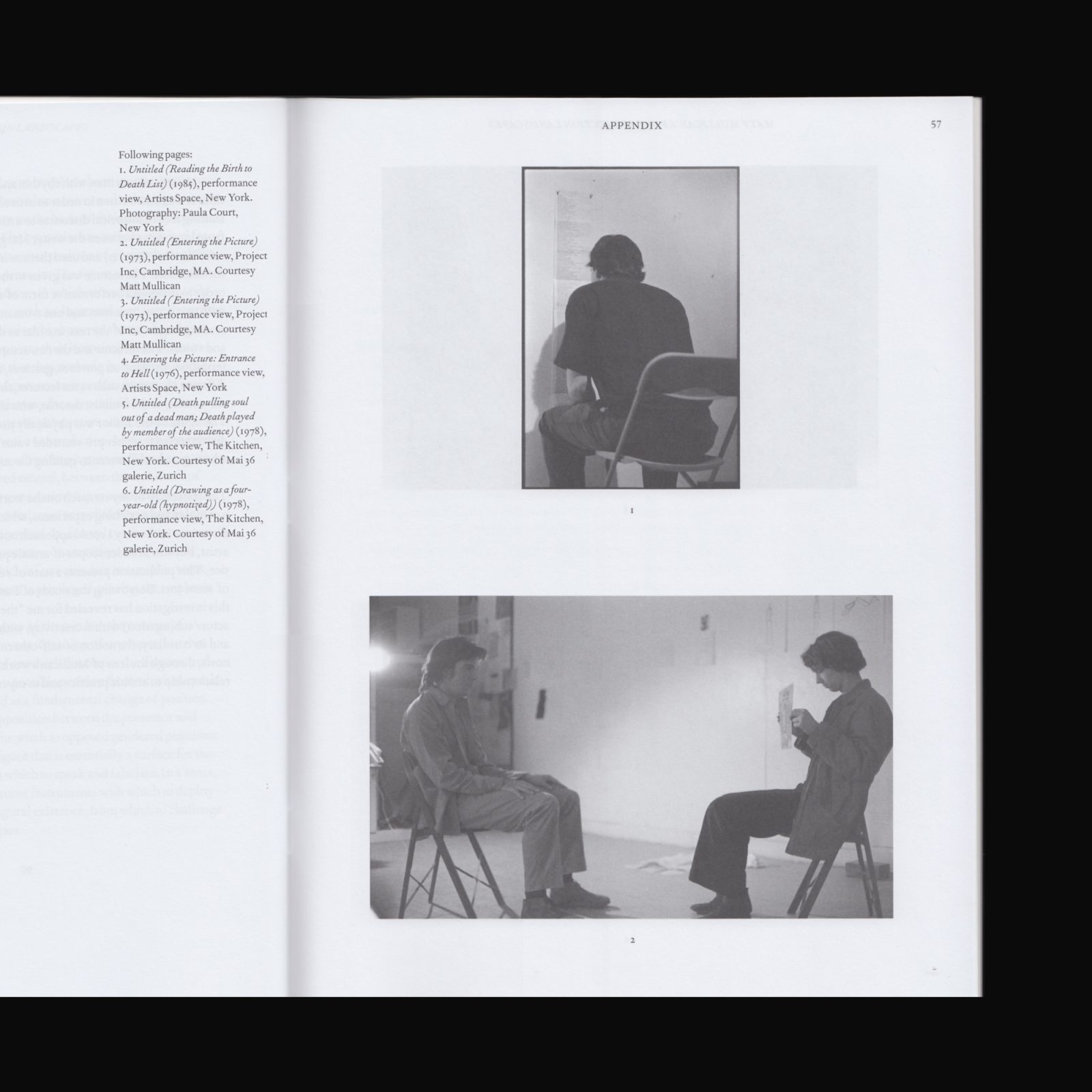
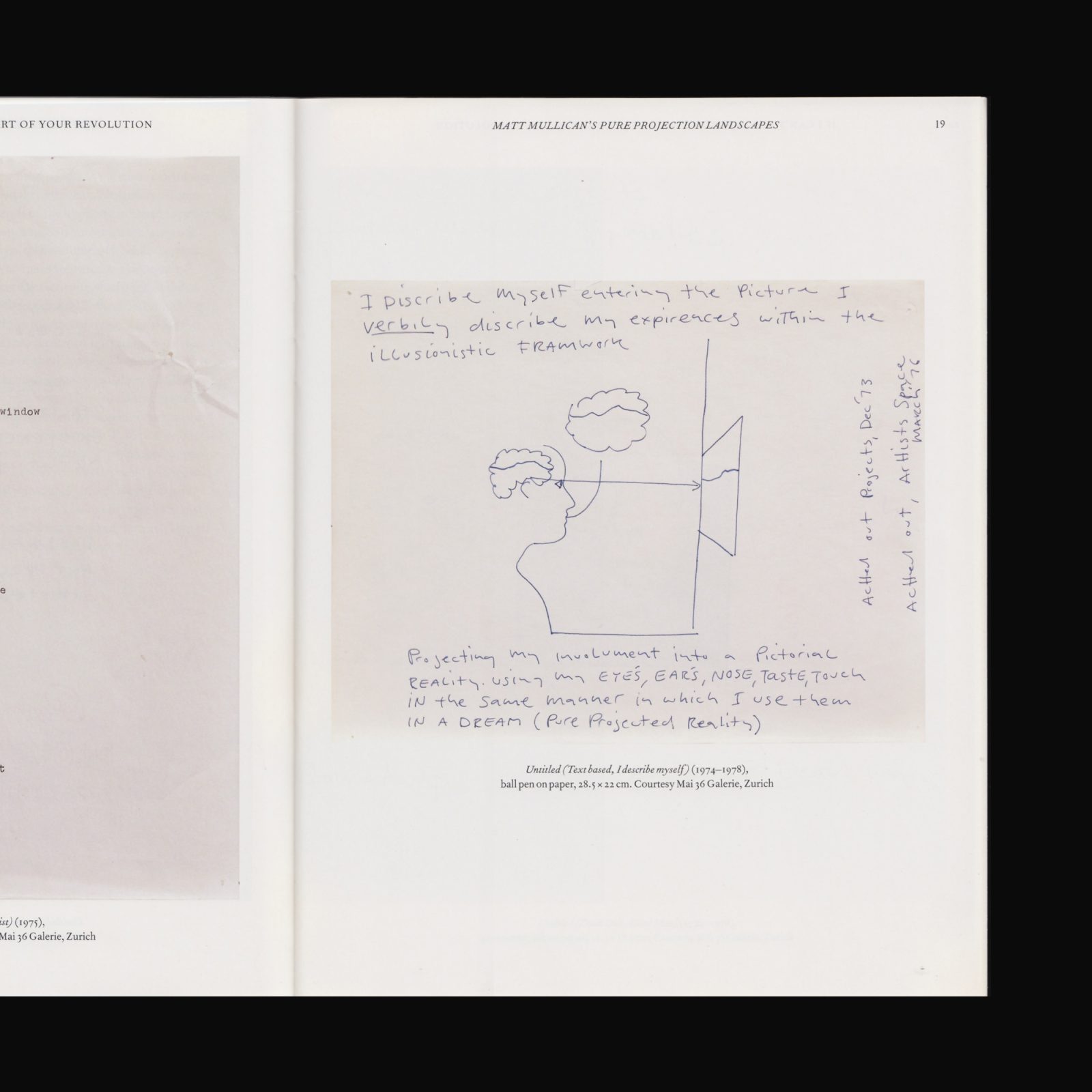
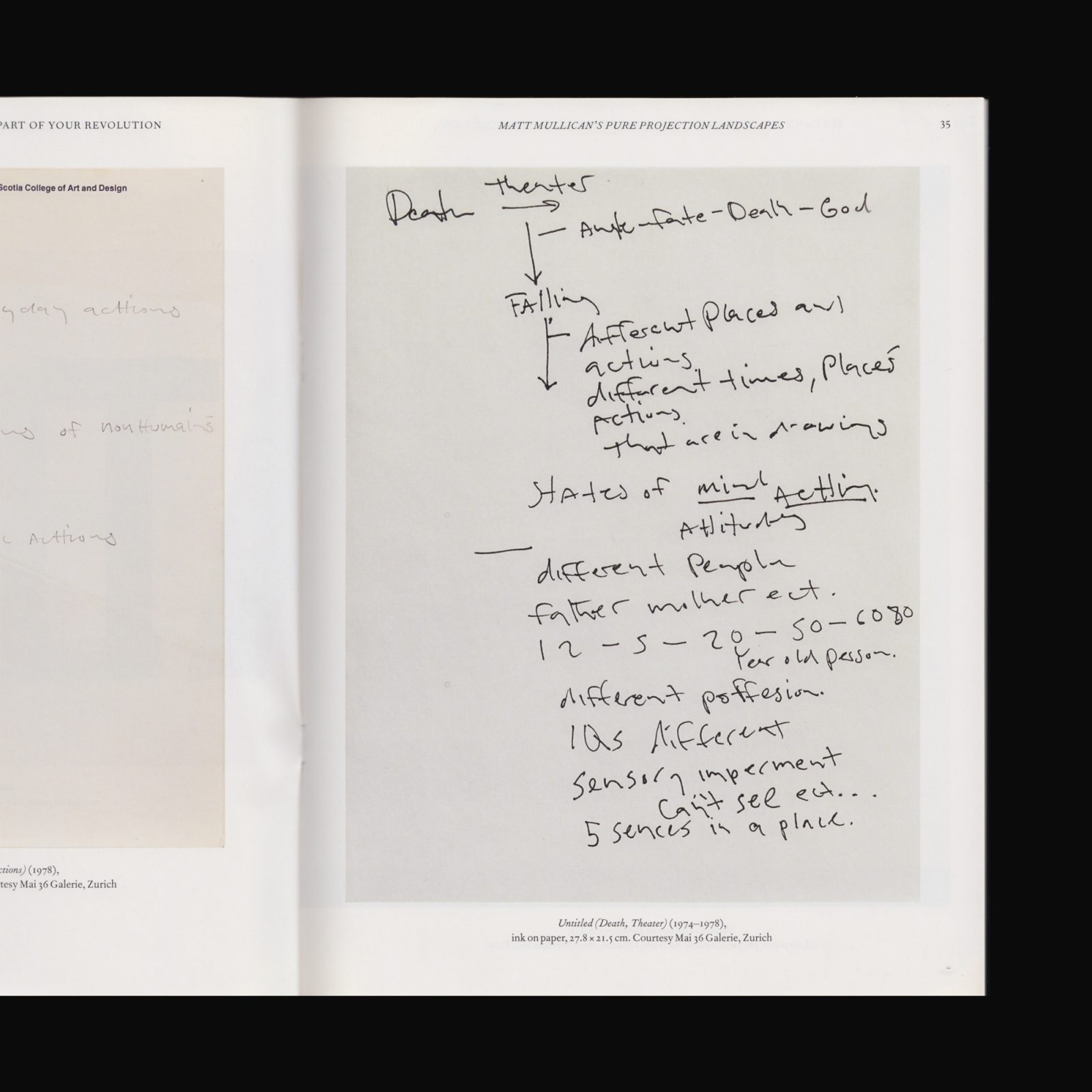
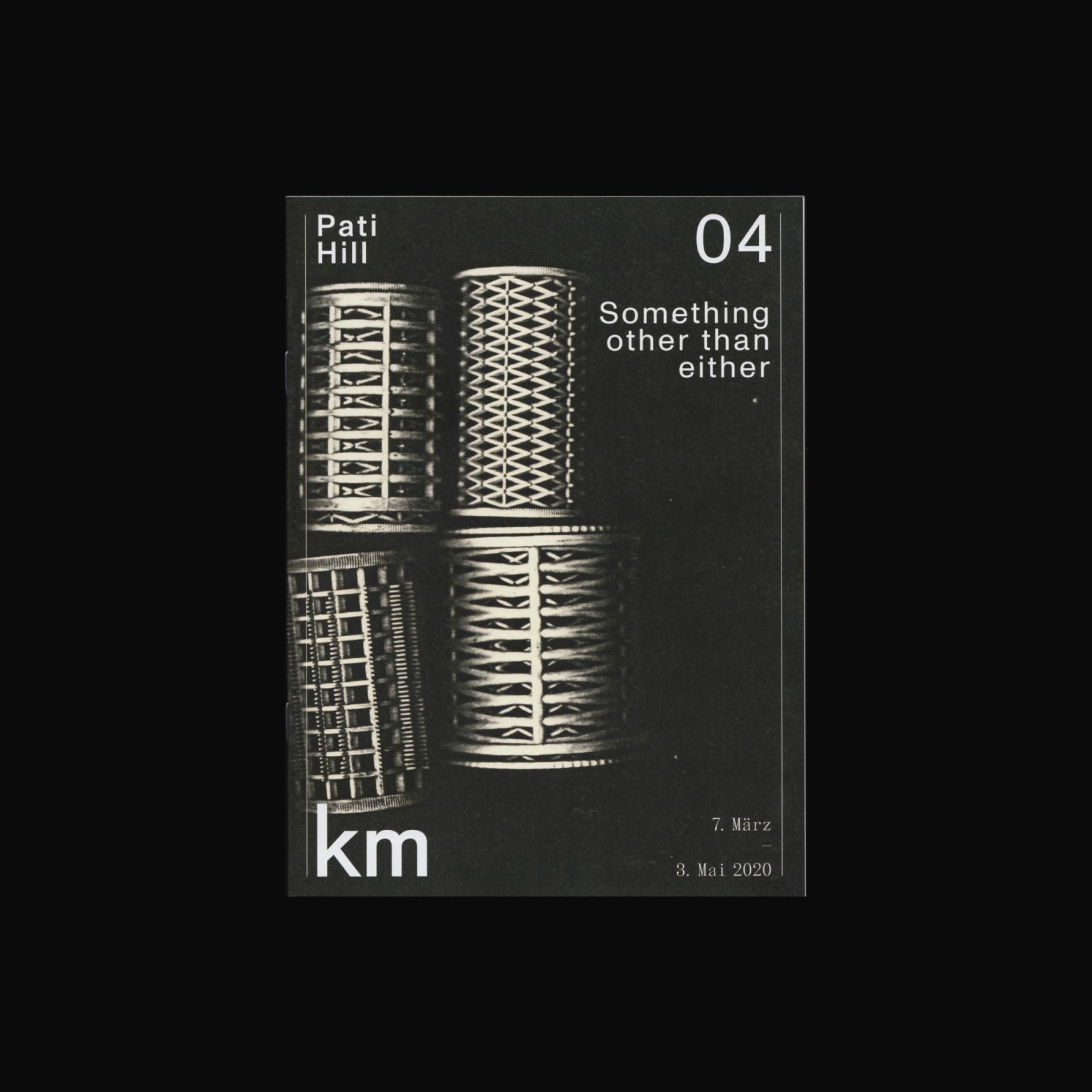
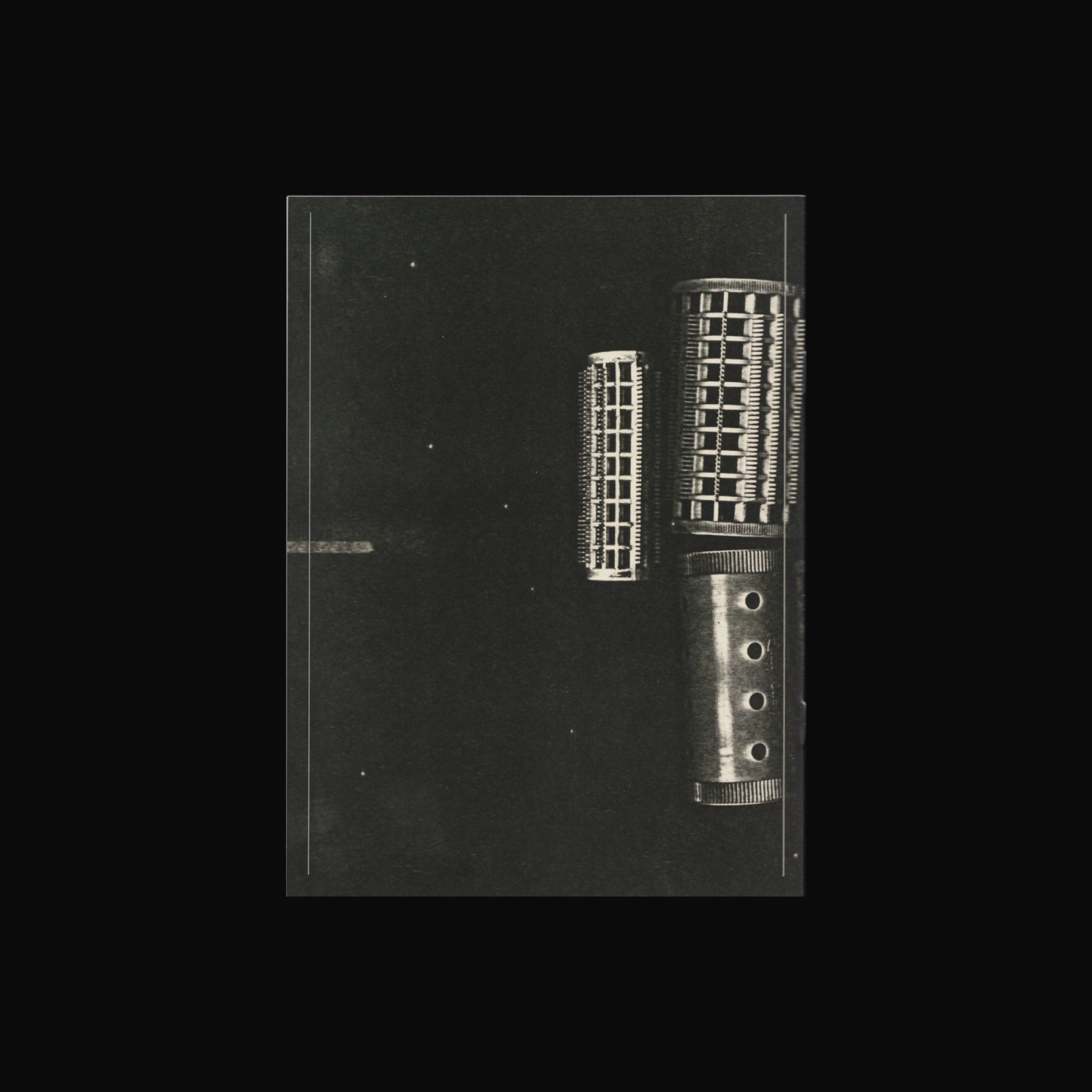
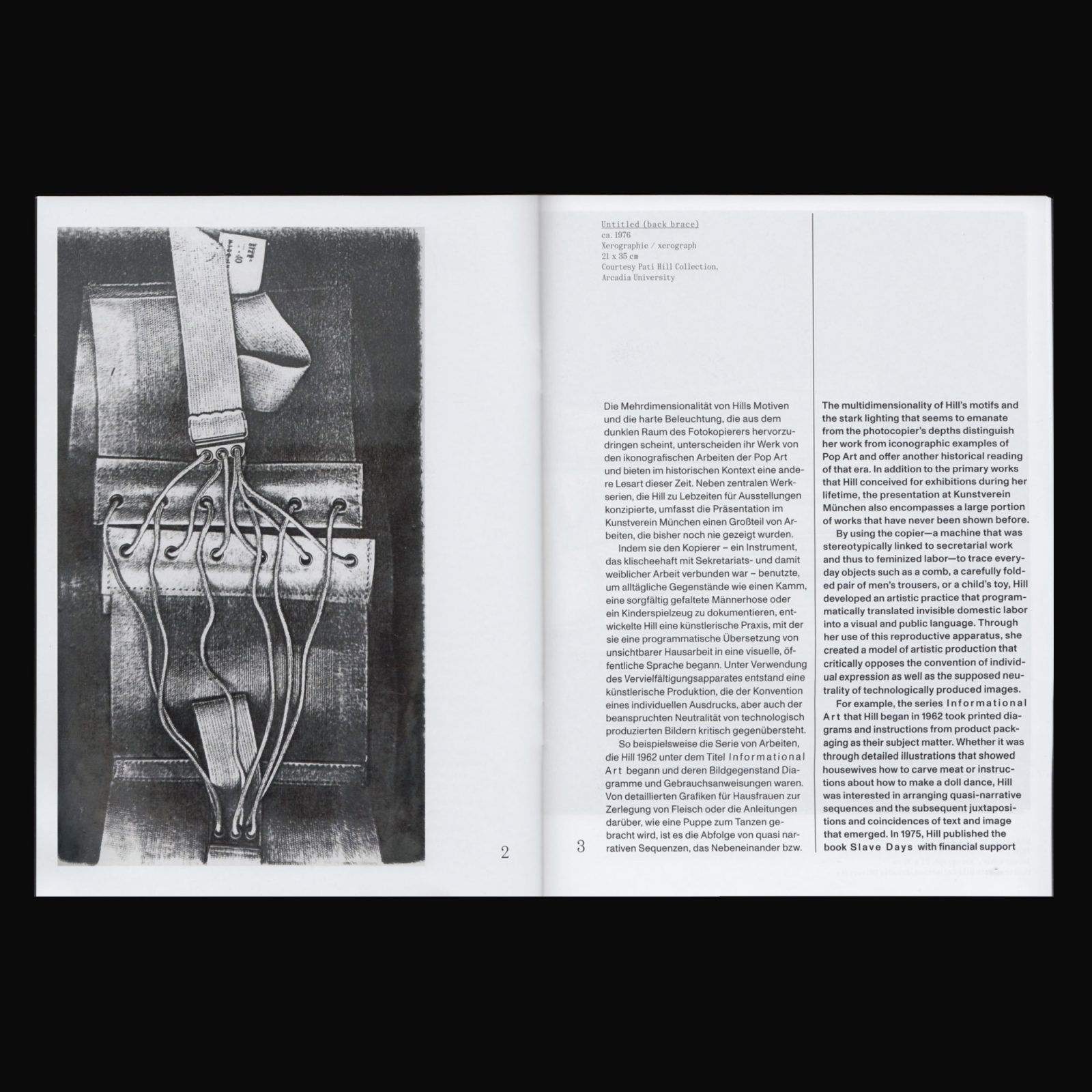
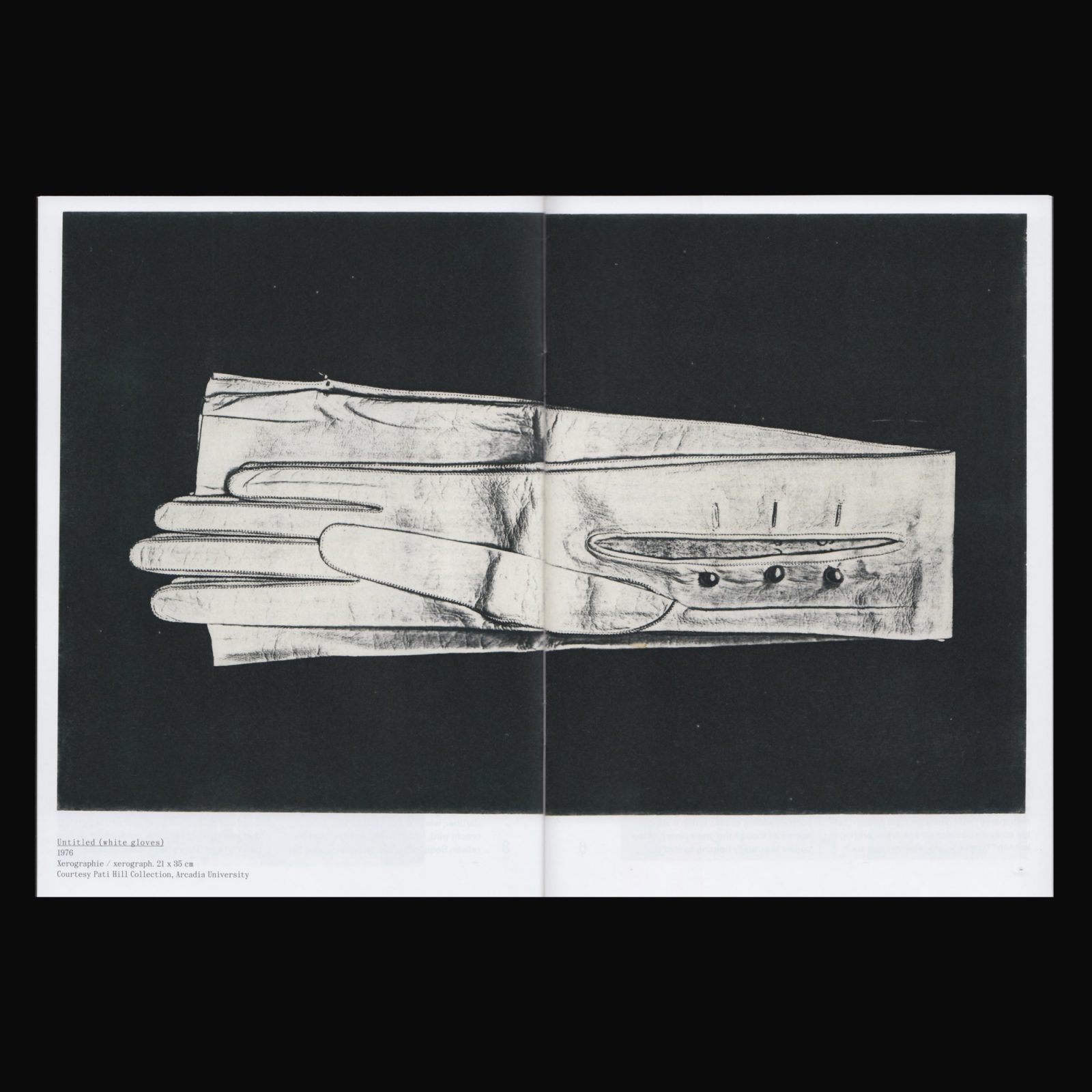
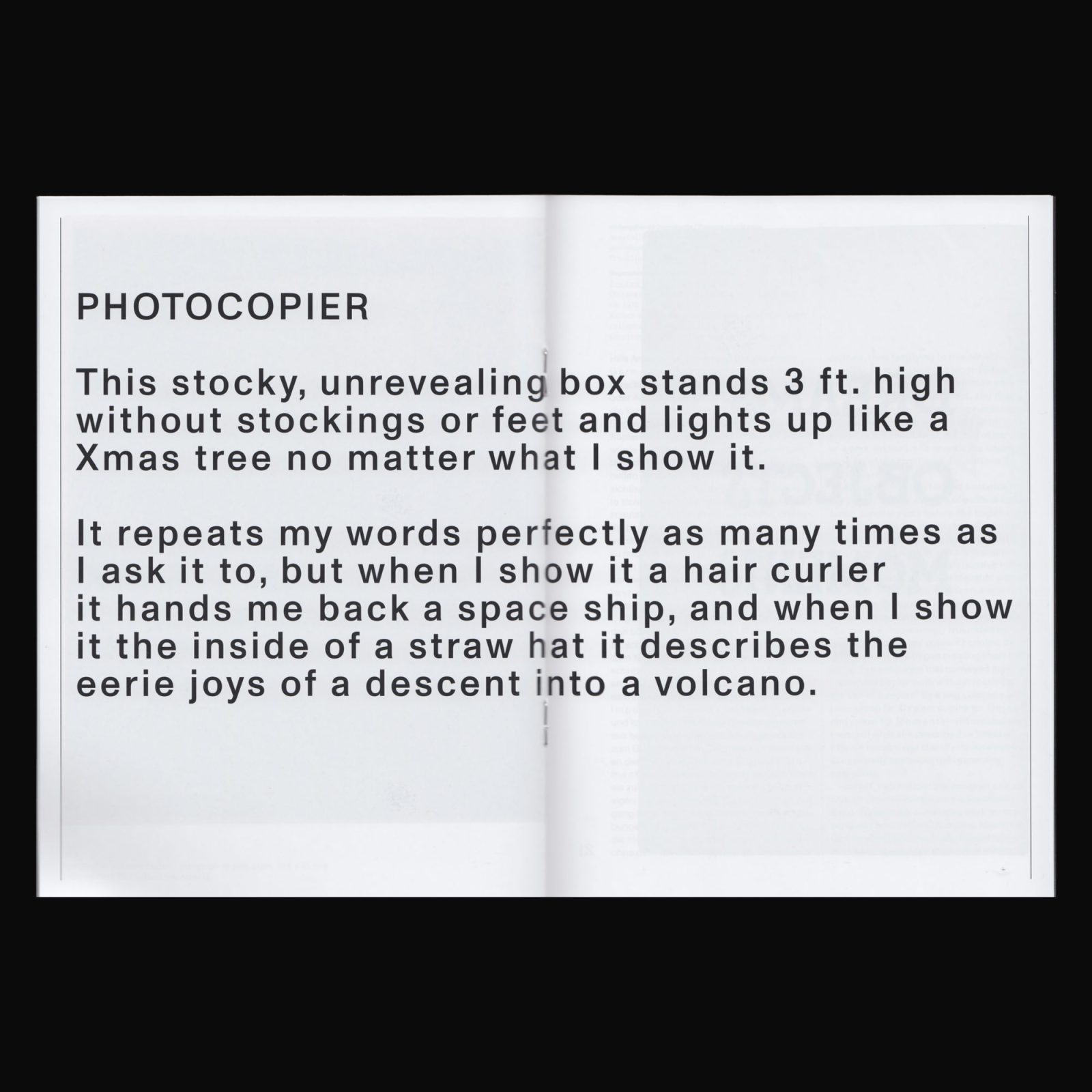
Exhibition booklet roduced on the occasion of Pati Hill: Something other than either at Kunstverein München, 7 March–16 August, 2020, Pati Hill’s first posthumous institutional solo exhibition in Europe. Hill left behind an artistic output spanning roughly 60 years and encompassing various disciplines. Untrained as an artist, she began to use the photocopier as an artistic tool in the early 1970s and continued to do so until her death, leaving behind an extensive oeuvre that explores the relationship between image and text.
The exhibition also considers her writing, publishing, and editing as practices that both question and accompany the visual work. As a fragmentary, necessarily incomplete index of her engagement with image and text (re-)production, the show includes published novels, poems, sketchbooks, unpublished manuscripts, and letters in addition to the xerographs.
A PDF of the booklet can be found here.
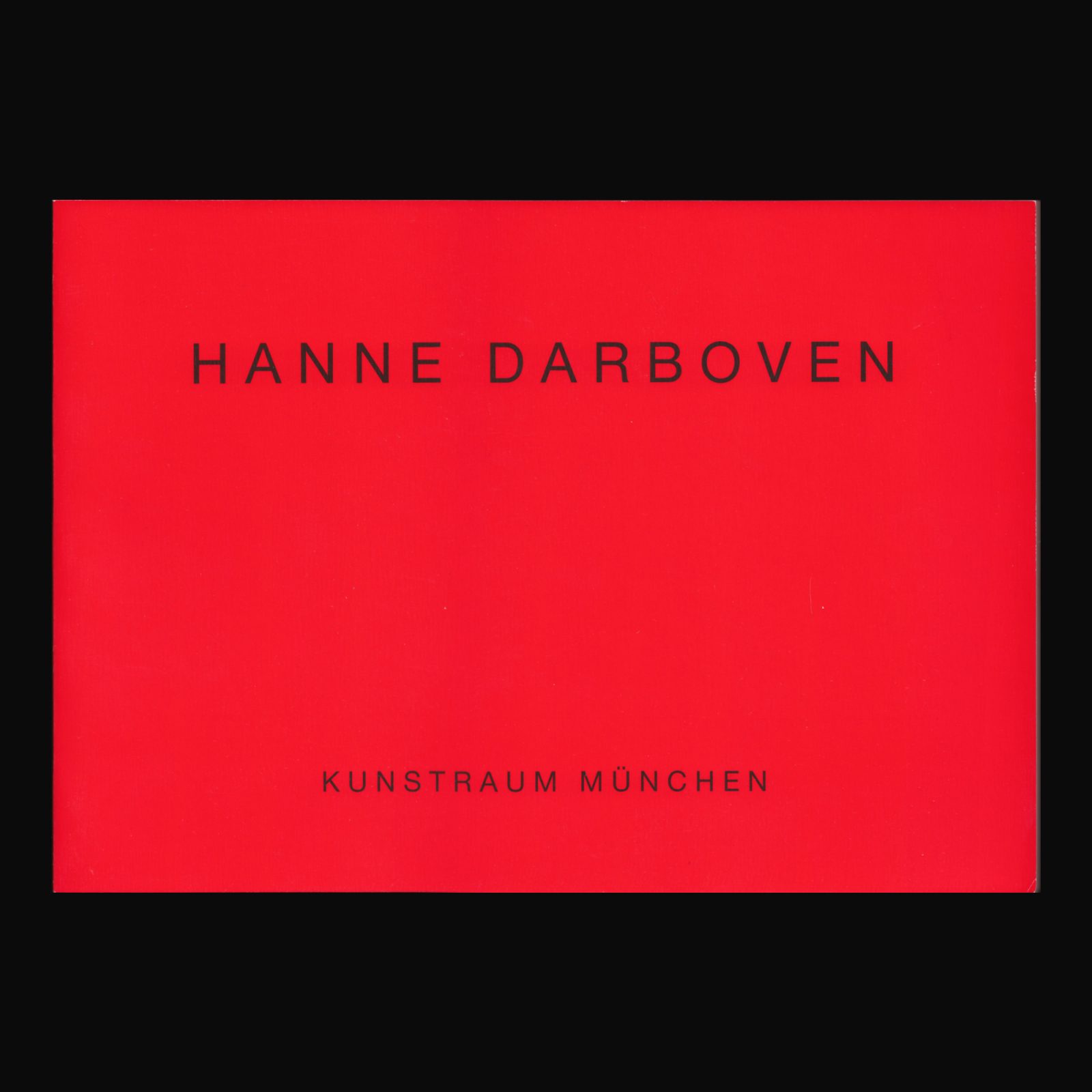


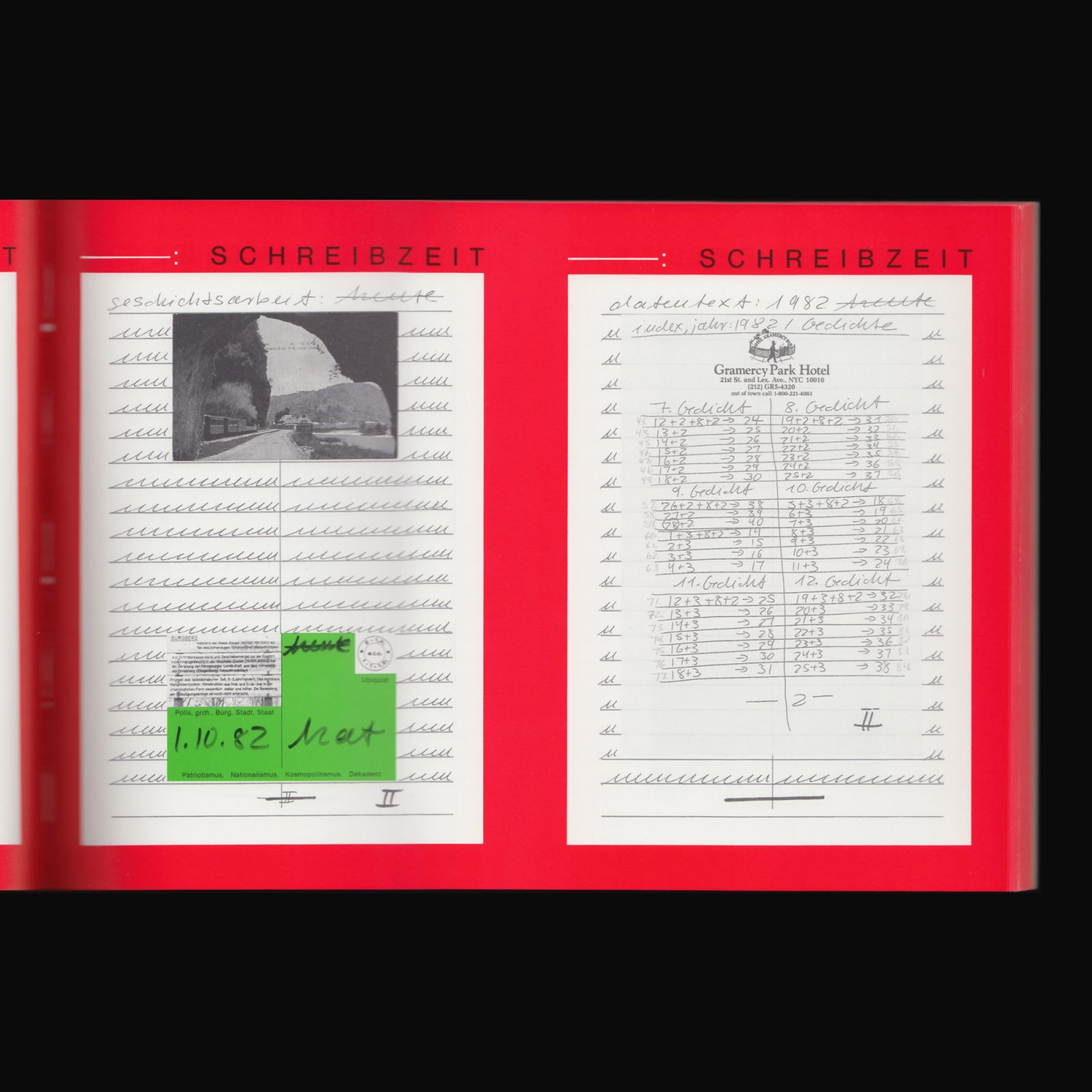
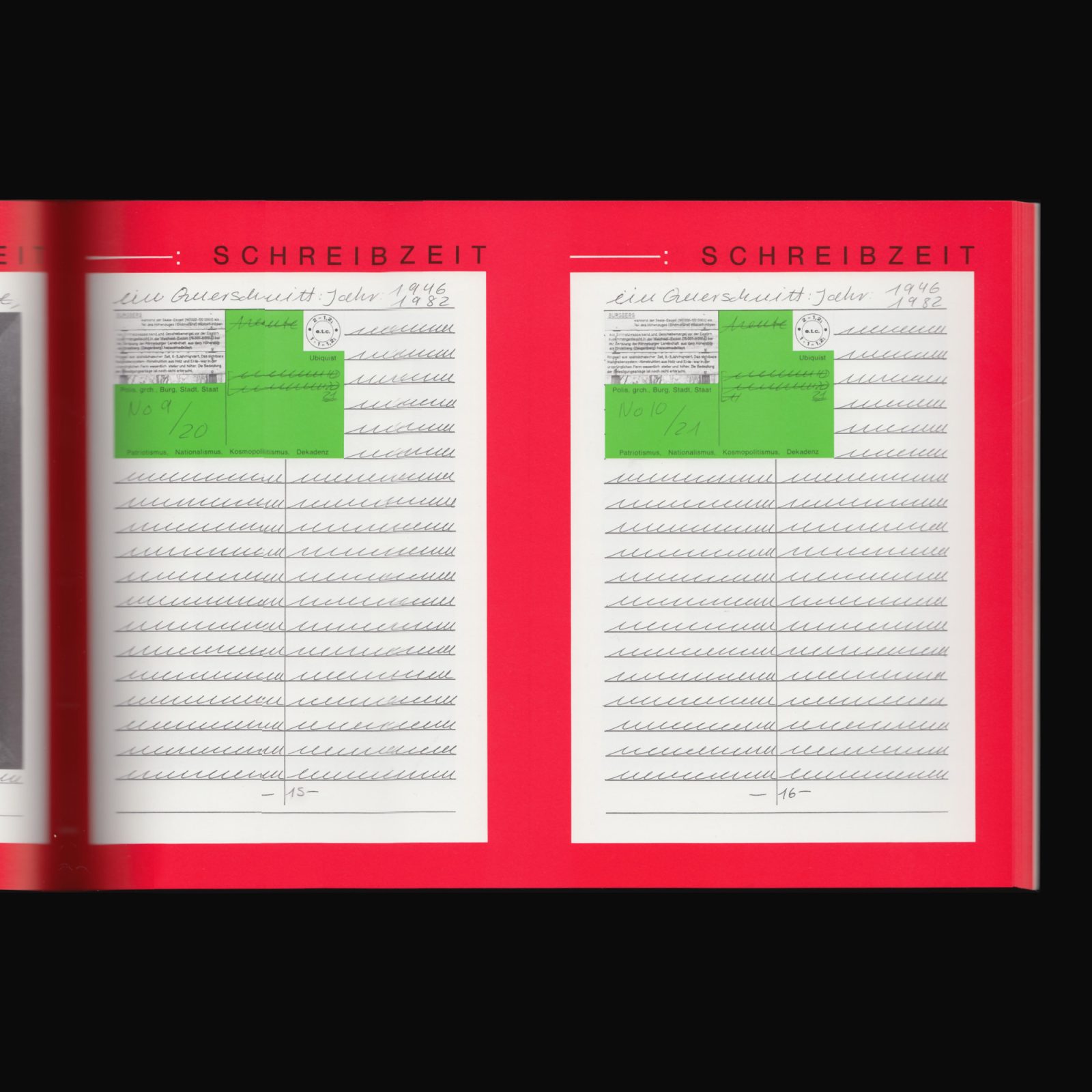
Produced on the occasion of Hanne Darboven’s exhibition Für Rainer Werner Fassbinder at Kunstraum München, 16 March–25 May, 1988. With texts by Hans Dickel and Christine Tacke.
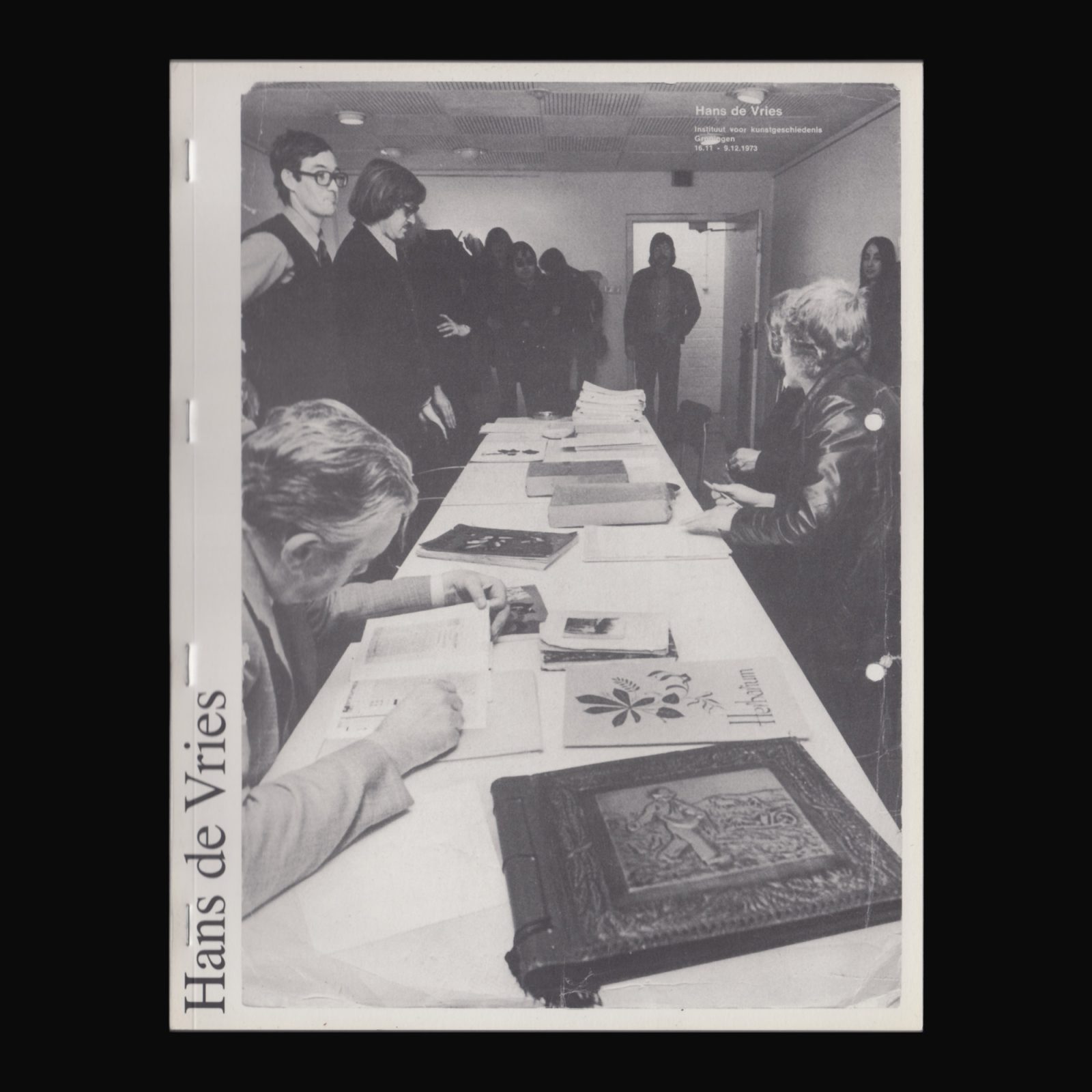

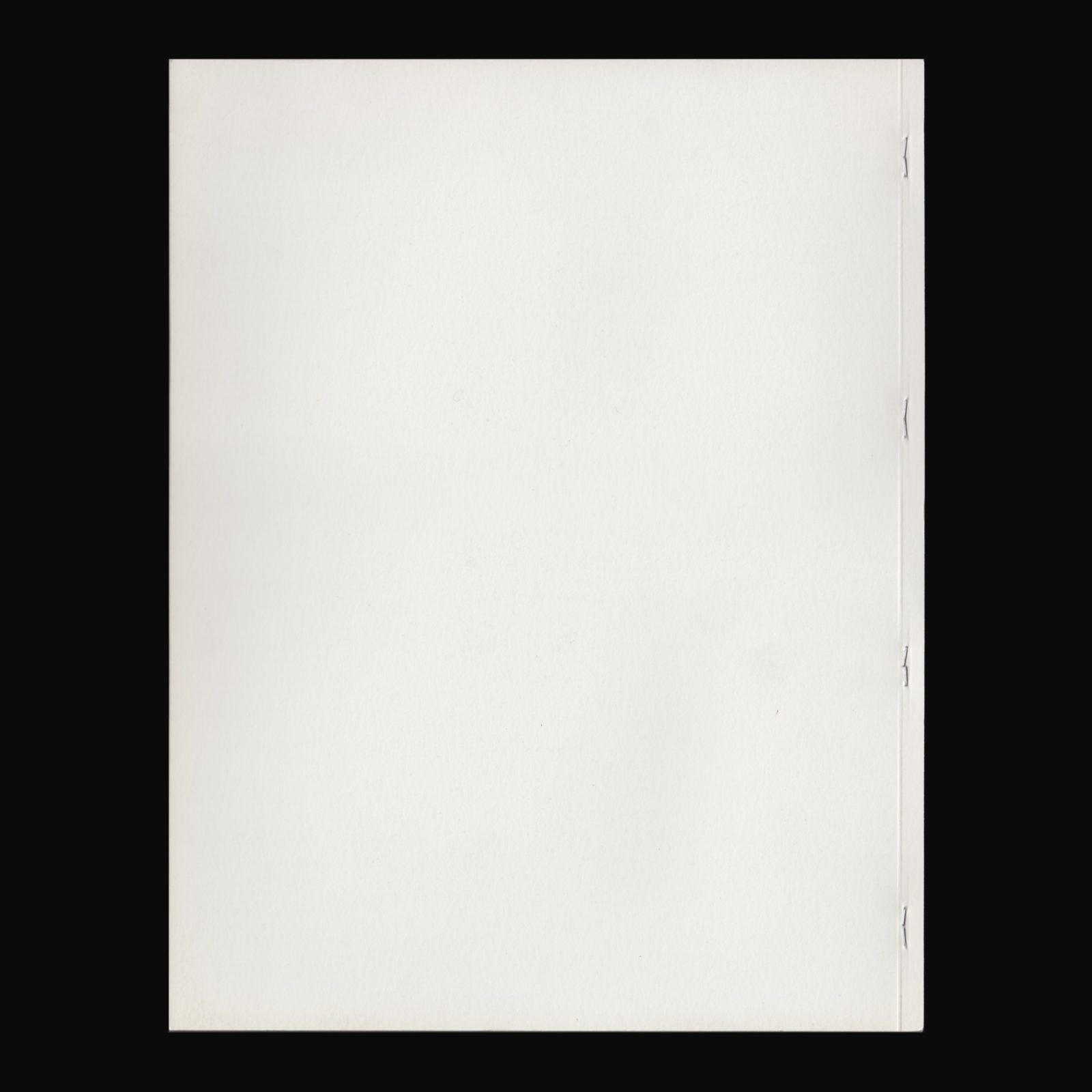
Hans de Vries concentrated on the study and registration of processes and appearances that occur in and are created by nature. De Vries was a close observer, an onlooker, an eyewitness, whose aim was to discern and document the relationship between man and his natural environment. His practice has been referred to as “micro-emotive art”, a term coined by the Italian artist Piero Gilardi. Hans de Vries Works 1968–1975 is De Vries’s first exhibition since he stopped producing art at end of the 1970s. It is a retrospective of all the publications and book-related works including parallel articles and essays about his practice.
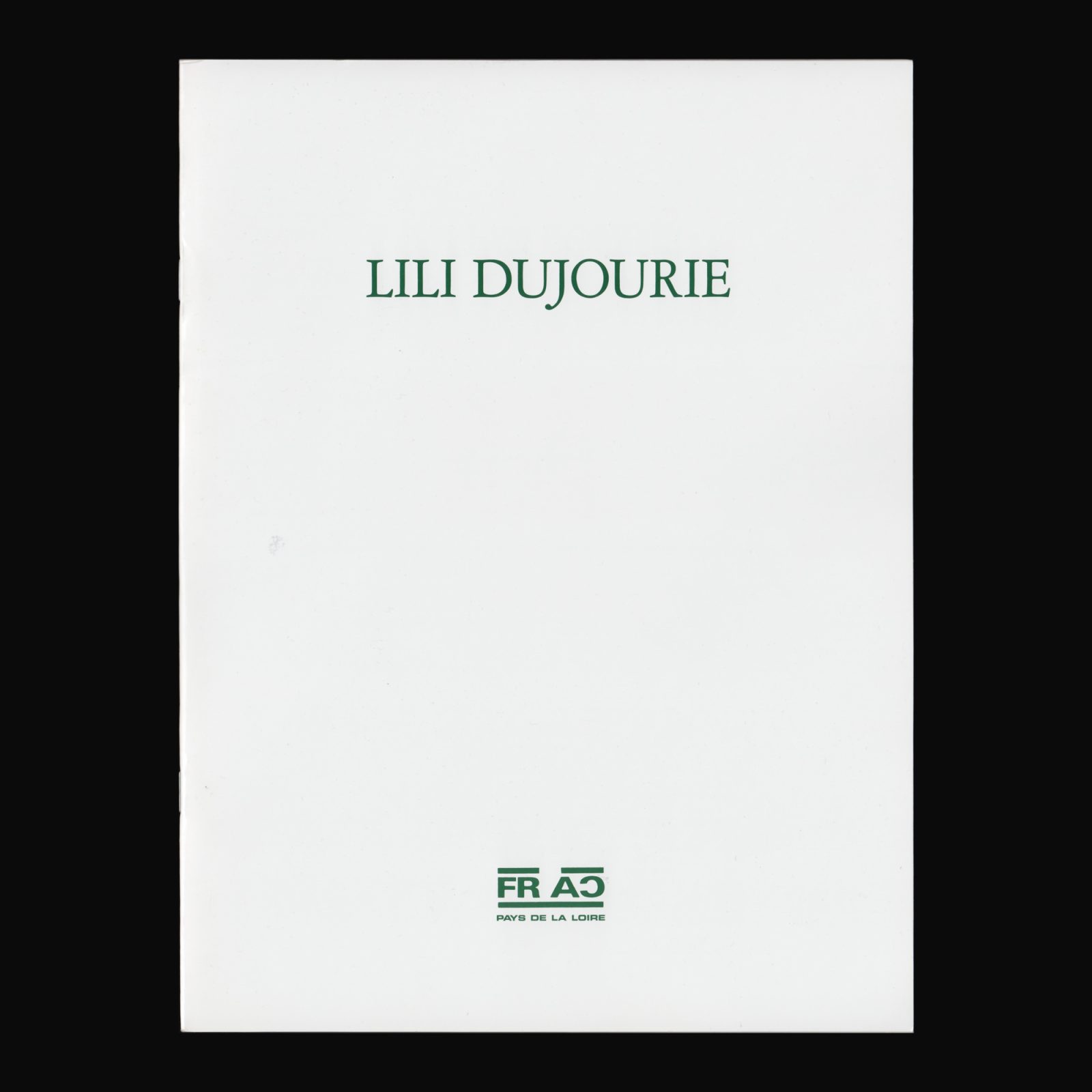
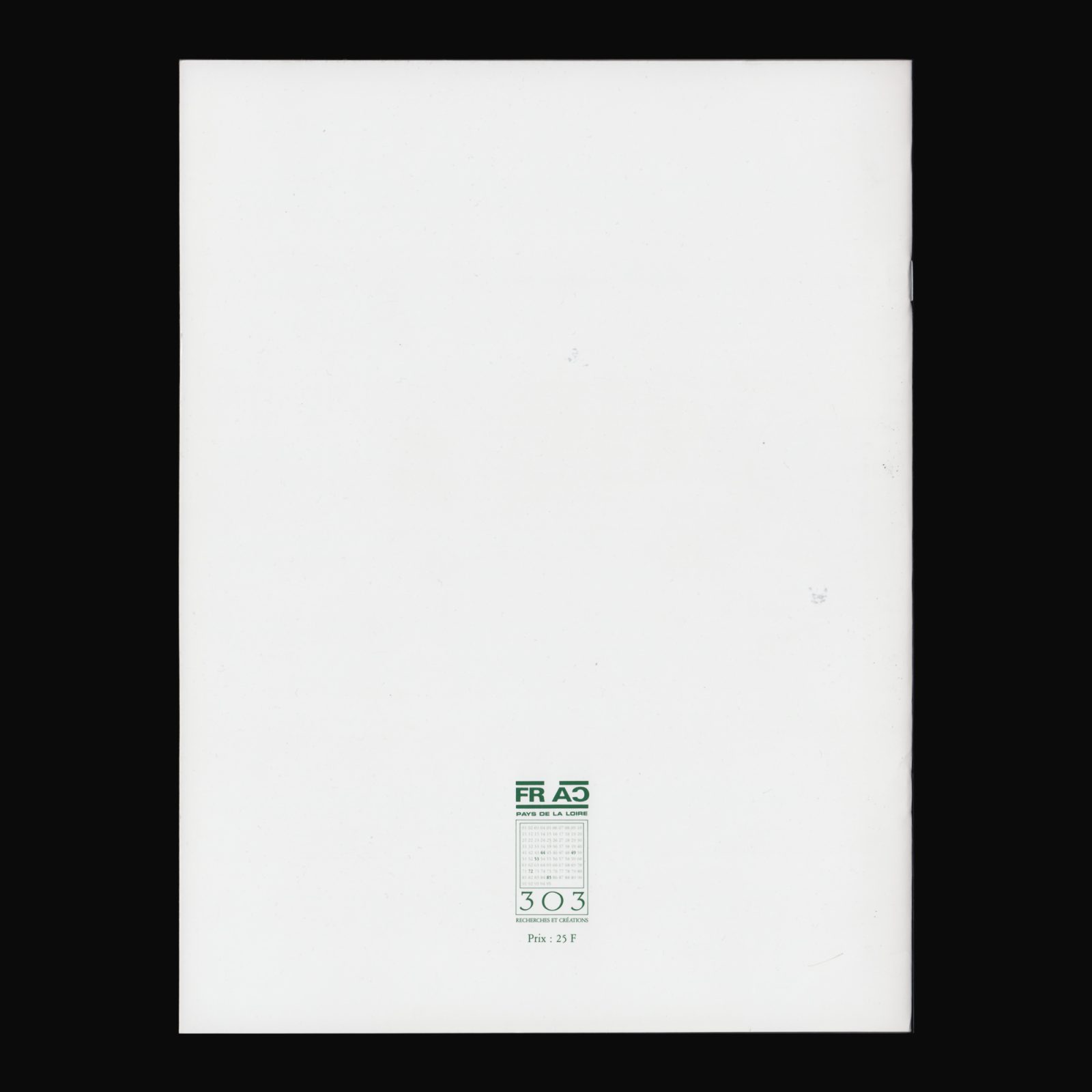
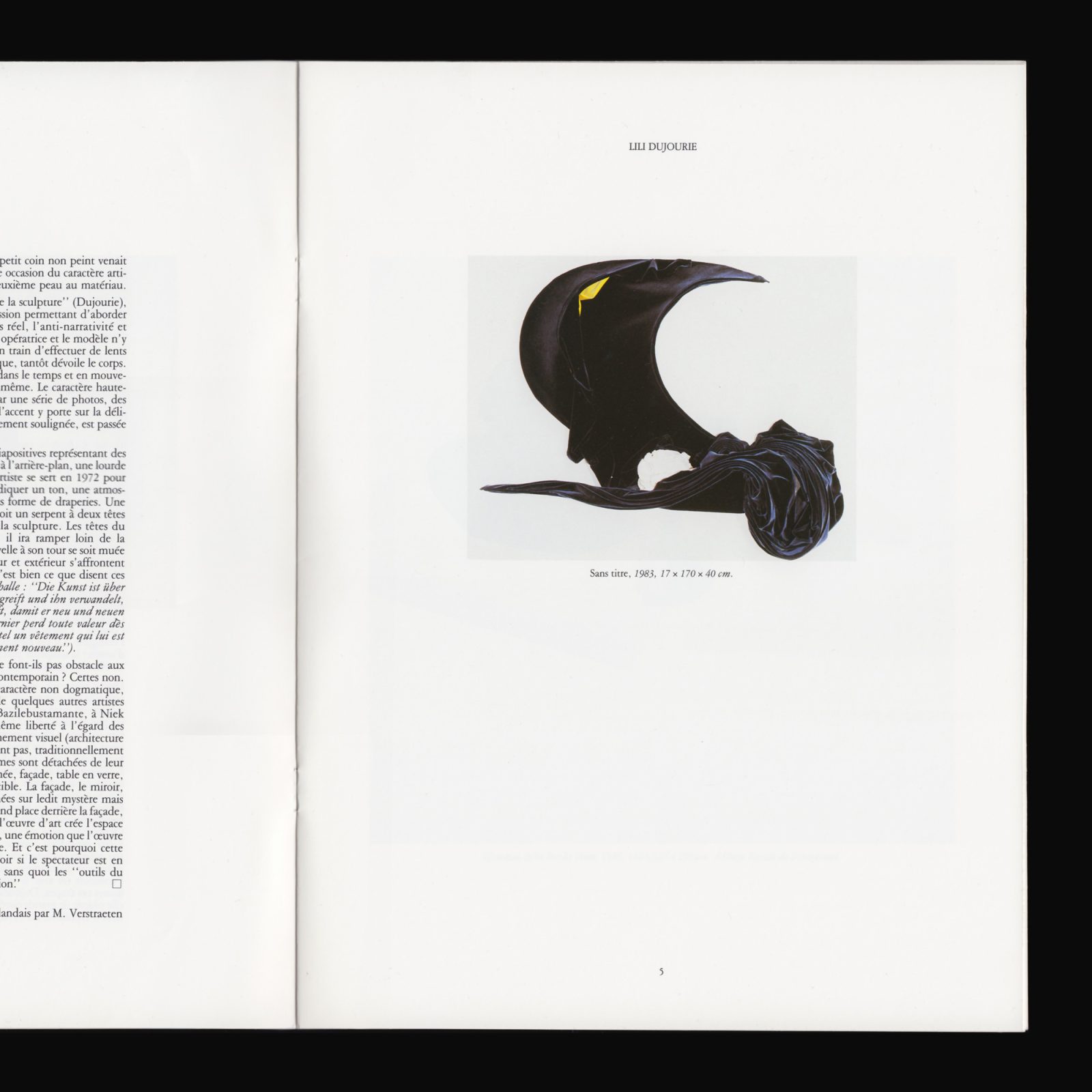
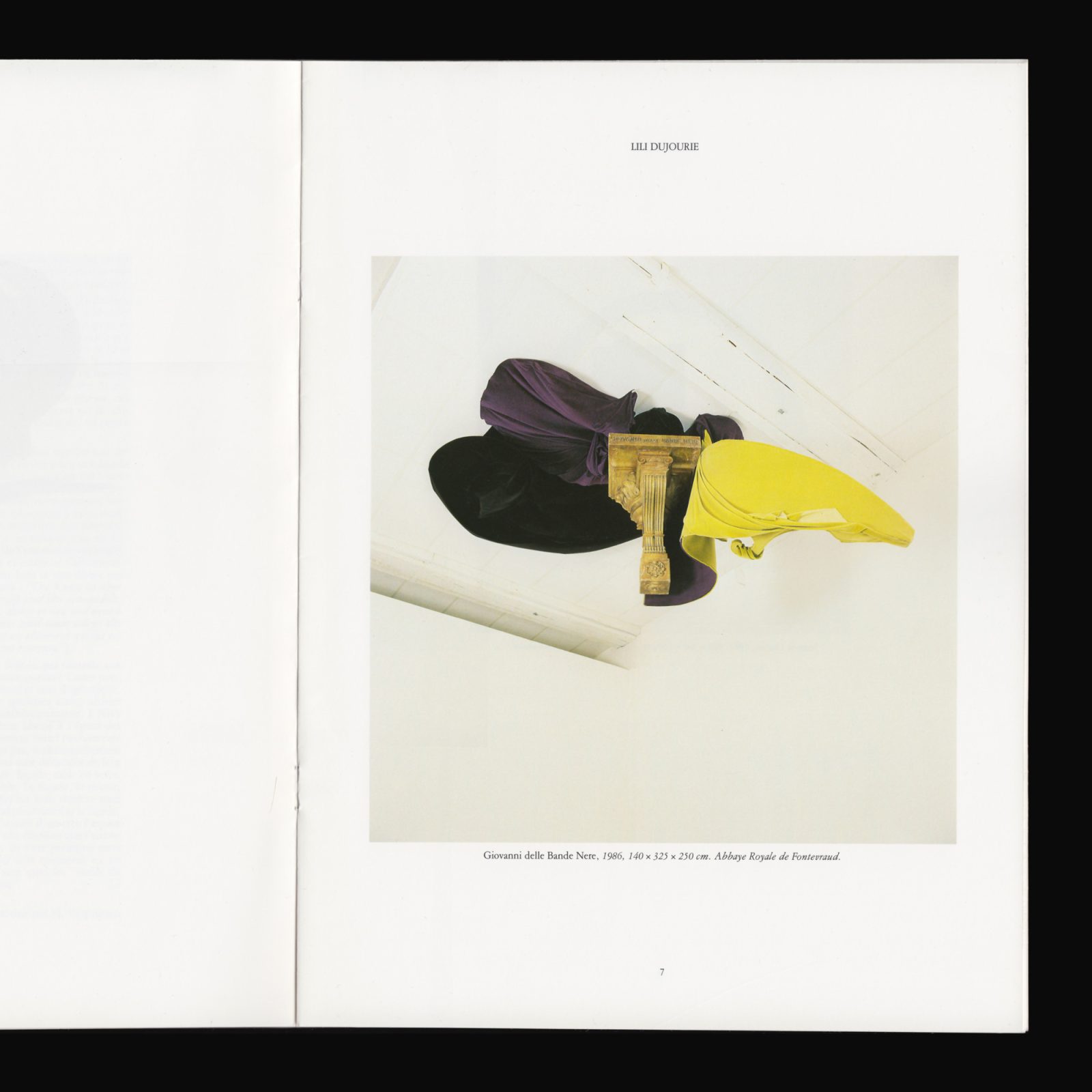
Produced on the occasion of Lili Dijourie’s 1987 exhibition at Frac des Pays de la Loire. With a text by Saskia Bos.
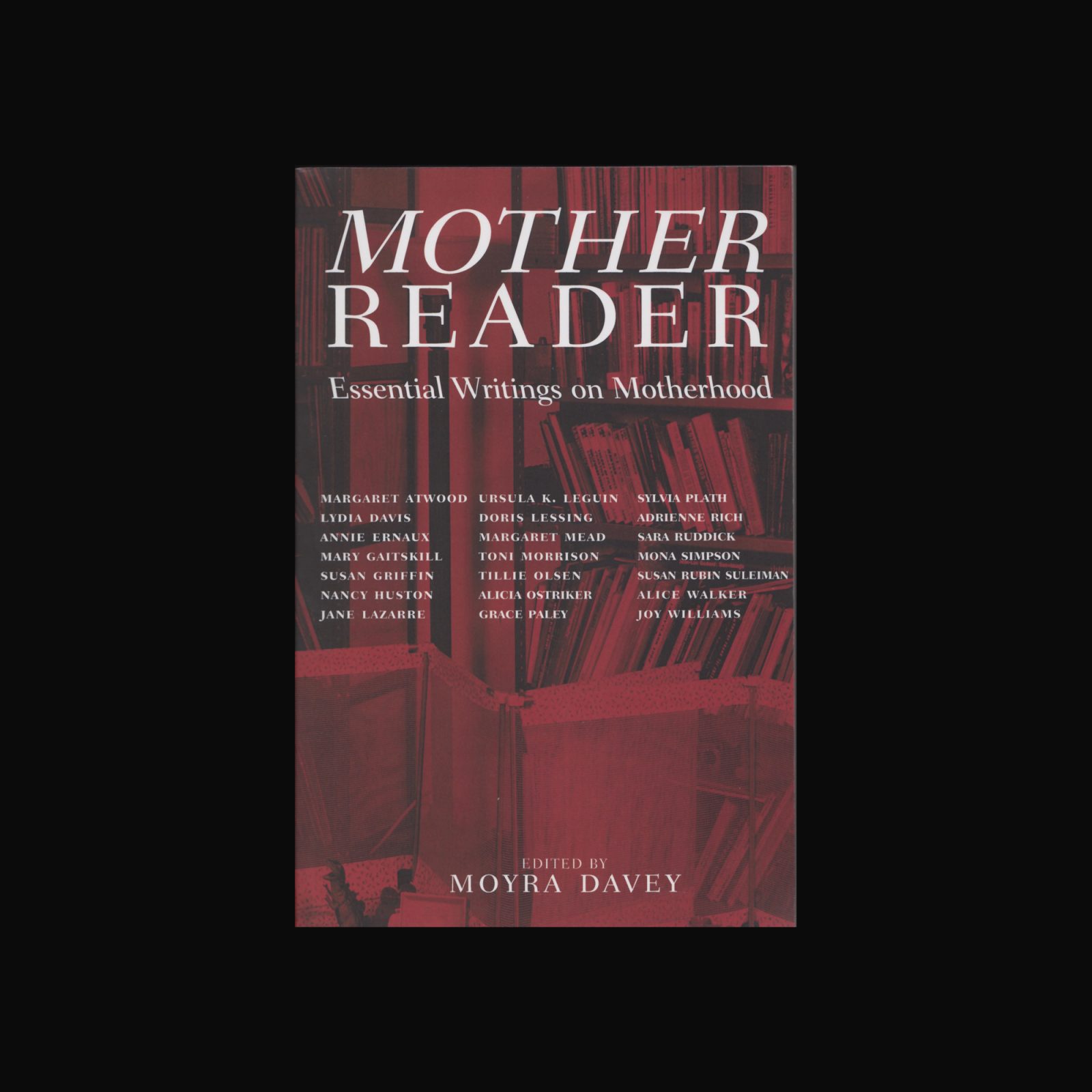

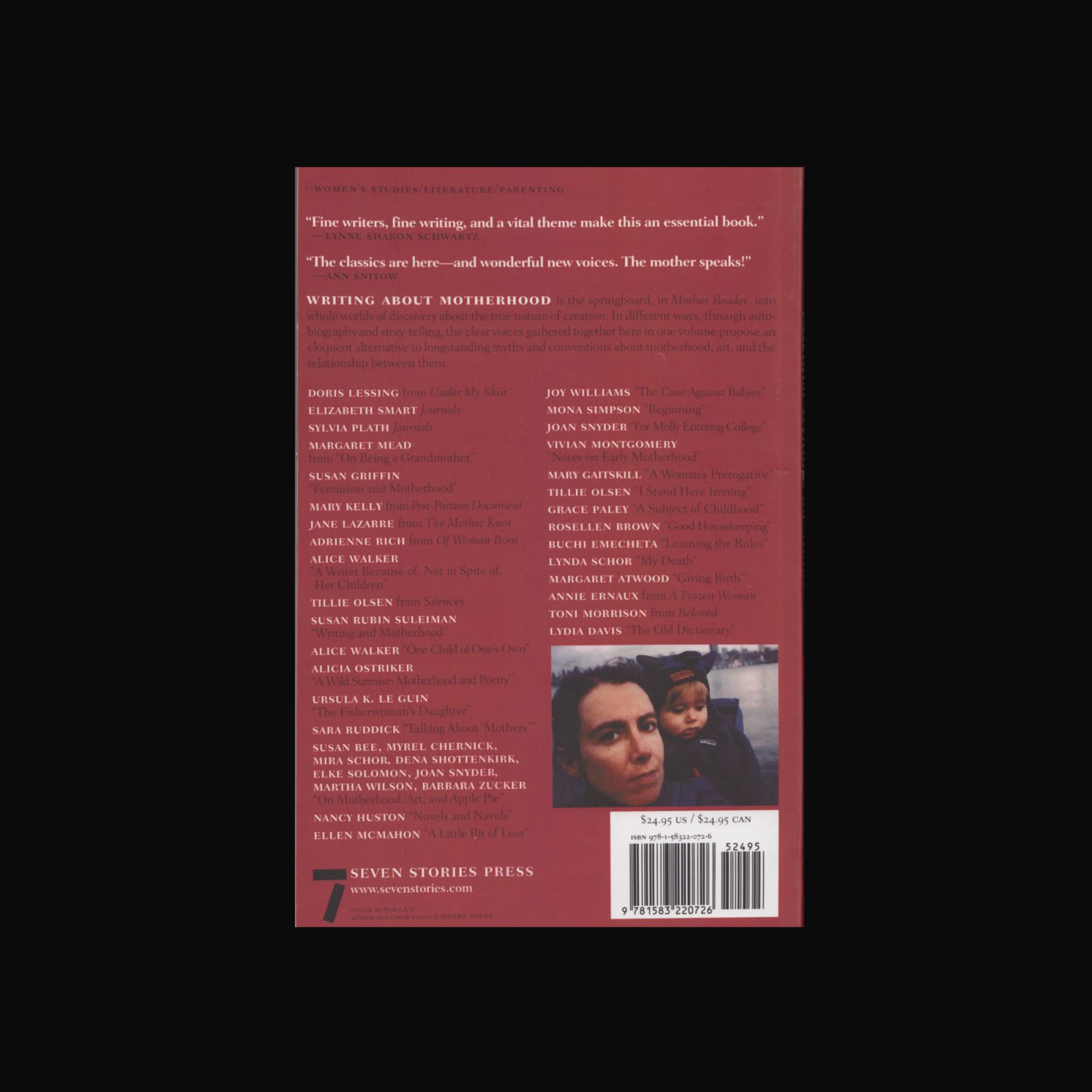
The intersection of motherhood and creative life is explored in these writings on mothering that turn the spotlight from the child to the mother herself. Here, in memoirs, testimonials, diaries, essays, and fiction, mothers describe first-hand the changes brought to their lives by pregnancy, childbirth, and mothering.
Contributors include Margaret Atwood, Lydia Davis, Annie Ernaux, Mary Gaitskill, Susan Griffin, Nancy Huston, Jane Lazarre, Ursula K. LeGuin, Margaret Mead, Toni Morrison, Tillie Olsen, Alicia Ostriker, Grace Paley, Sylvia Plath, Adrienne Rich, Sara Ruddick, Mona Simpson, Susan Rubin Suleiman, Alice Walker, Joy William and many more.